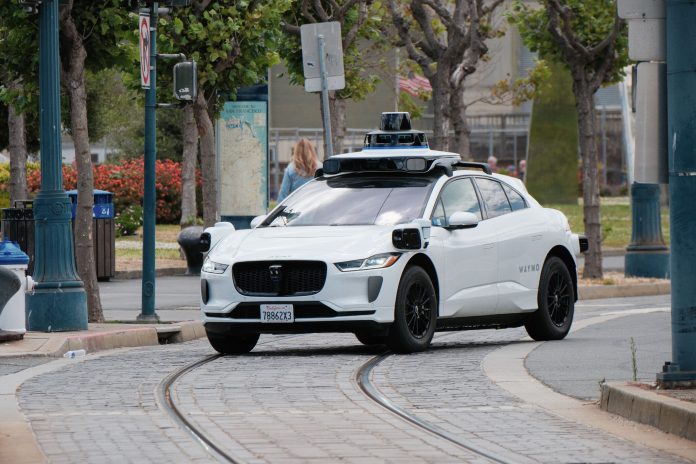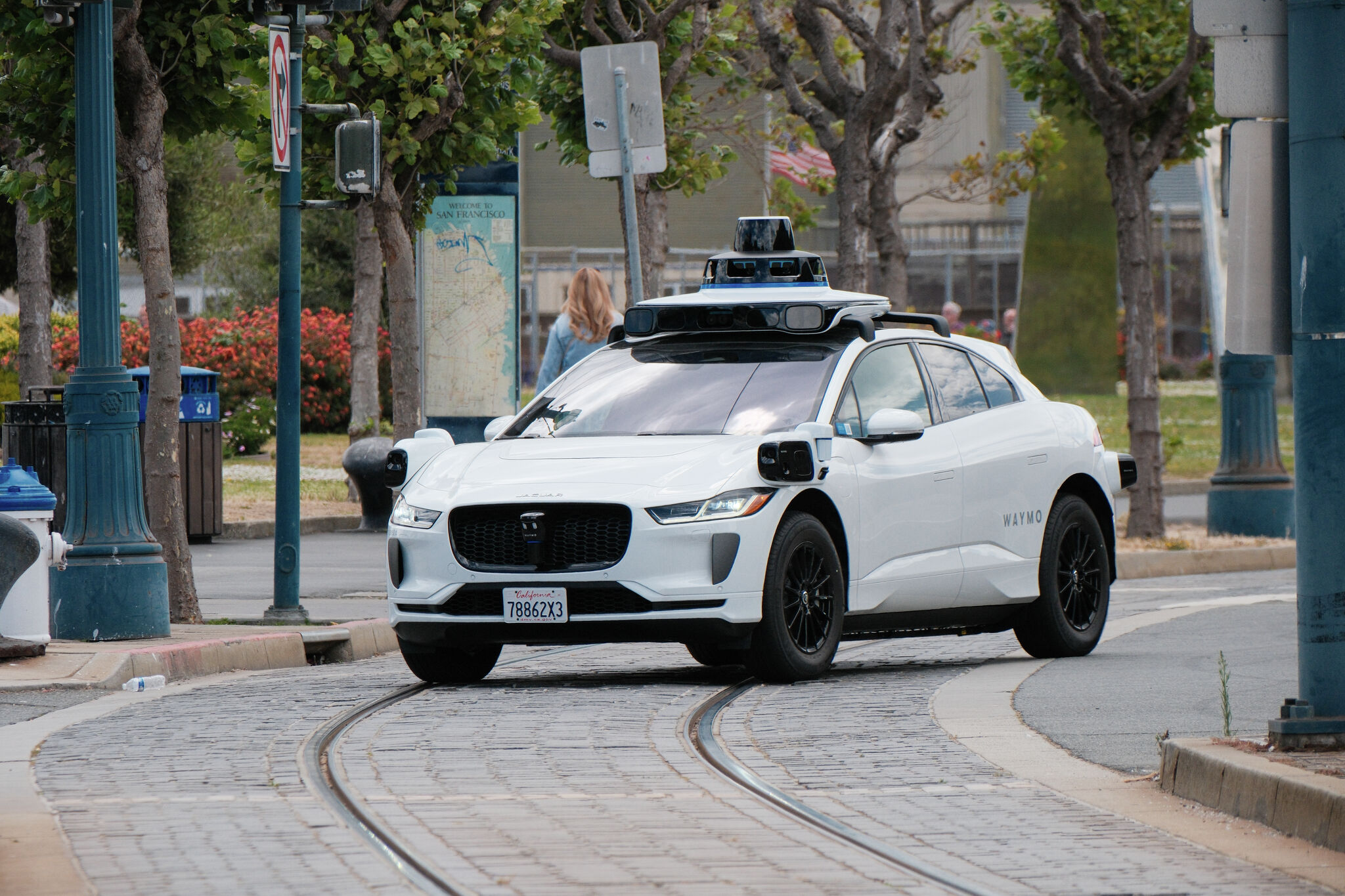
What happens when the rules that have shaped America’s car industry for half a century are suddenly at risk of vanishing? As a historic heat wave sweeps the U.S., the debate over fuel economy standards has reached a boiling point, pitting legacy automakers against environmental advocates and setting the stage for a profound transformation in how Americans drive and what they drive. The most recent policy struggles, marketplace realignments, and technological test labs aren’t only transforming the automobile business; they are redefining the very playbook for mobility’s future.
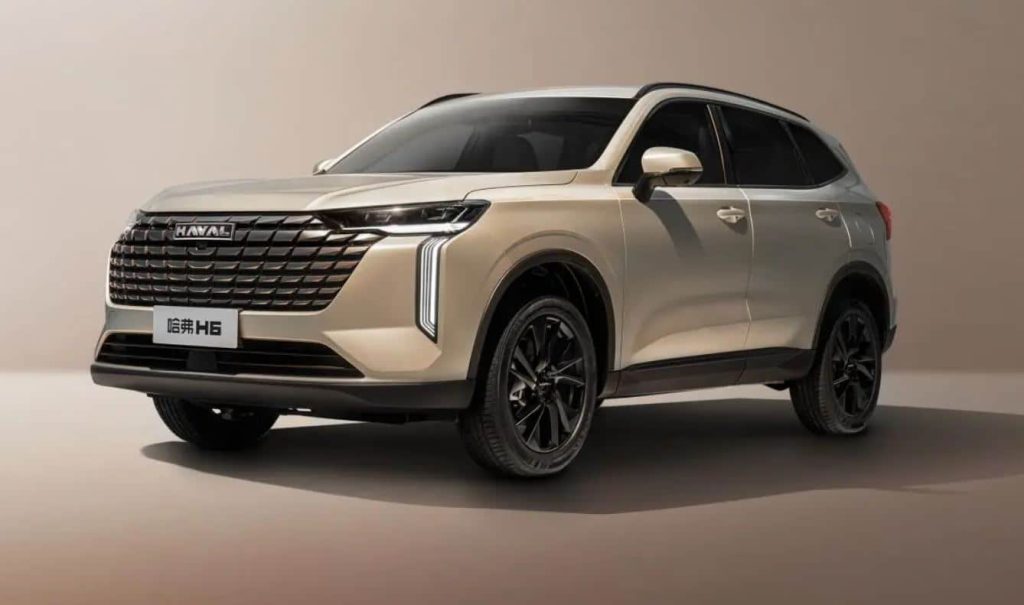
This listicle delves into the most significant developments currently in play, from the rumored rollback of fuel economy penalties to the bumpy launch of Tesla’s robotaxi service and the relentless ascent of Chinese automakers. Here’s what all industry observers, tech fans, and policy watchers need to understand about the crossroads the global car market stands at.
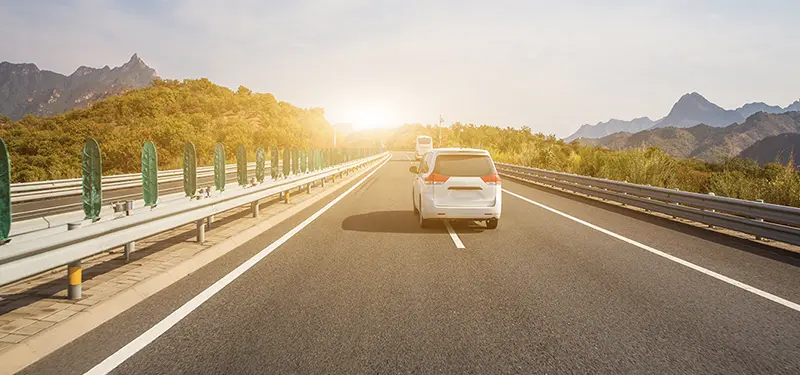
1. The Move to Do Away with Fuel Economy Penalties
There’s a provision in the U.S. Senate’s newest budget bill would establish fines for breaking Corporate Average Fuel Economy (CAFE) requirements at zero, essentially taking the teeth out of rules that have prompted cleaner, more fuel-efficient cars since 1975. The action, heavily supported by General Motors and Stellantis, might result in no financial penalty for selling less efficient cars, a change that consumer groups warn could cause obsolete technology to remain on the road and increase U.S. dependence on foreign oil. Under the Senate rollback plan, the phase-down would start in 2027, with complete elimination by 2032, creating considerable uncertainty for car manufacturers and investors.
For Stellantis and GM, the shift might be a cash bonanza. In the two years since 2022, GM has paid out $128 million in CAFE fines, while over $425 million has been paid out by Stellantis. Ford, meanwhile, once a hybrid and EV pioneer, has never been penalized, and the gap between truck bets and EV bets is underscored.

2. Short-Term Gains, Long-Term Risks for Automakers
The short-term impact of cutting CAFE penalties would be a margin boost for legacy automakers, particularly those with significant exposure to internal combustion engine (ICE) vehicles. Compliance expenses associated with more stringent emissions standards have added hundreds of dollars to the cost of each vehicle in the past, so eliminating them could liberate funds for other things. Stellantis, for instance, can shift funds to support its high-margin truck and SUV segments following a 14% fall in U.S. EV sales in early 2025.
However, the long-term consequences are significant. As AInvest noted, the rollback would erode investor faith in the U.S. as a functioning EV market, make the nation less competitive in international supply chains, and extend the reign of fossil fuels. Policy uncertainty following the rollback might hold back EV investment, making U.S. automakers susceptible if international standards keep tightening.
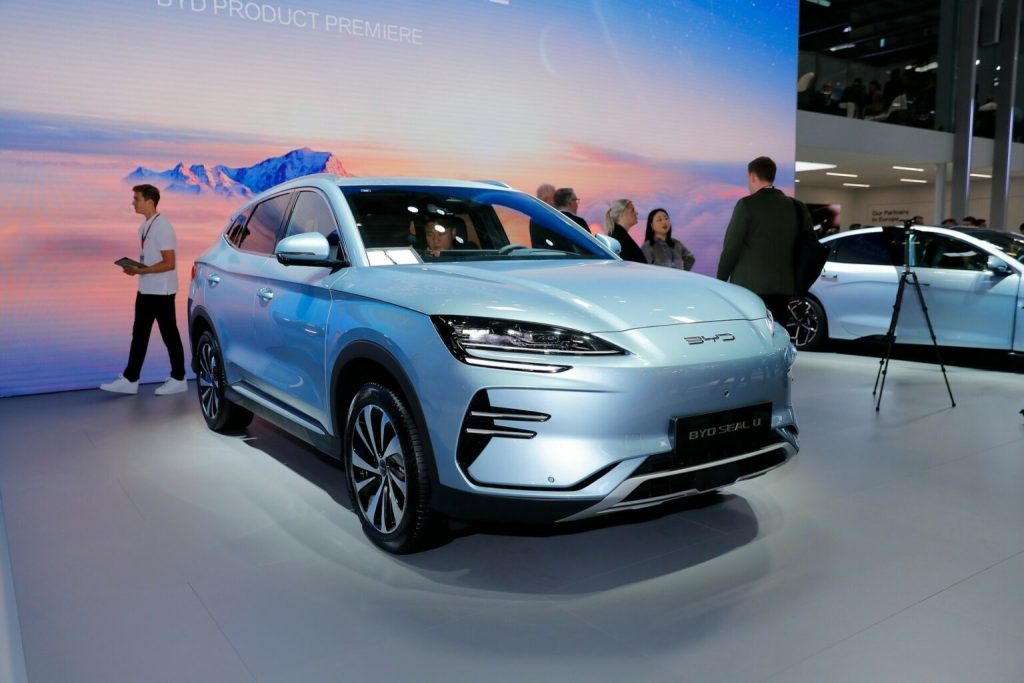
3. The Unyielding Emergence of Chinese Automakers
As American policy wonks argue among themselves, Chinese automakers are making a subtle revolution in the world order. By 2030, Chinese auto brands are expected to dominate 33% of the world’s automotive market, with overseas sales increasing from 3 million to 9 million units, AlixPartners predicts. In Europe, their market share will double to 12%, and in Mexico, a fifth of all cars may be Chinese by the end of the decade.
Their formula for success? A 35% “Made-in-China” cost lead, 20-month product development cycles vs. 40 months for traditional automakers, and a merciless emphasis on in-cabin technology and styling. China is “the industry’s new disruptor able to produce must-have vehicles that are quicker to the market, less expensive to purchase, innovative on tech and design, and more efficient to manufacture,” explains Mark Wakefield of AlixPartners.
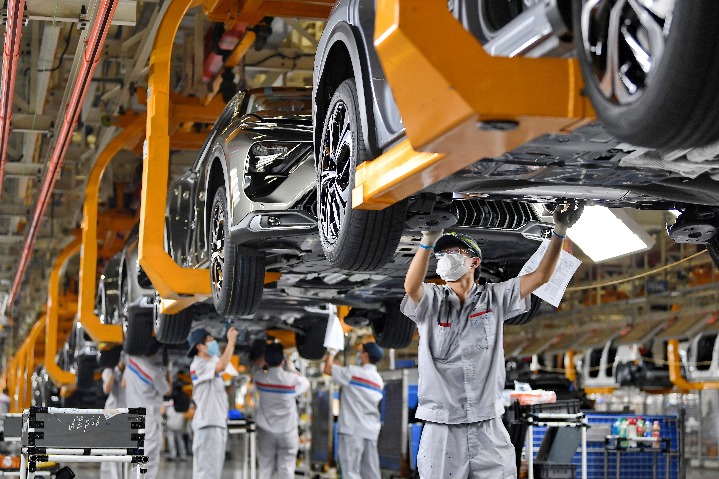
4. American Automakers Falling Behind in China
China’s auto market revolution has left Western manufacturers, including GM, scrambling to play catch-up. Local brands now dominate more than 70% of the Chinese market, a portion that only promises to increase. Traditional automakers have lost a lot of ground as homegrown giants BYD, Geely, and Nio gain strength and aggressively grow overseas as well.
While Western automakers struggle with shrinking market share in China, their global competitiveness will depend on learning from the Chinese model of fast-paced innovation and cost control. The danger, warned AlixPartners, is that businesses sticking to “business-as-usual” mindsets will become outdated in a hurry.
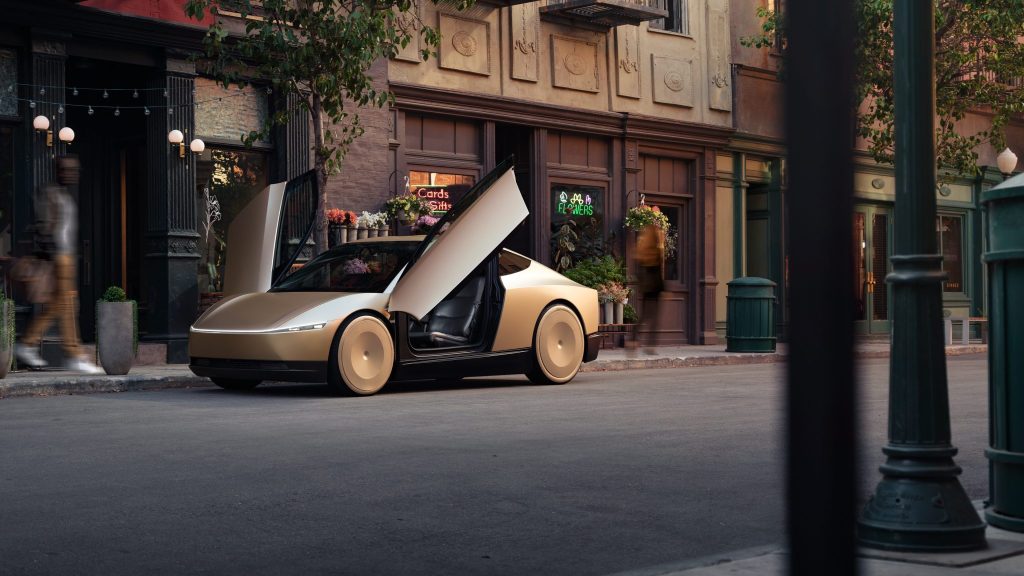
5. Tesla’s Robotaxi Debut: Promise Meets Peril
Tesla’s long-awaited robotaxi service went live in Austin in June 2025, and Elon Musk declared the “culmination of a decade of hard work.” Limited to a small number of vehicles and a geofenced region, the service captured media attention, both favourable and unfavourable, almost immediately. Smooth operation was demonstrated by early influencer rides, but a series of videos soon emerged of the robotaxis committing alarming mistakes: drifting into opposing traffic lanes, harsh stops, and speeding.
The National Highway Traffic Safety Administration soon launched an investigation, saying, “NHTSA is aware of the incidents referenced and is speaking with the manufacturer to learn more,” The Guardian reported. The spotlight shines on Tesla, whose financial well-being is more and more reliant on the success of its self-driving technology.
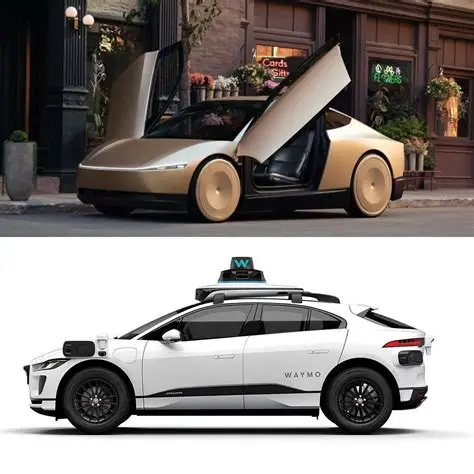
6. The Camera-Only Bet: Tesla vs. Waymo
Tesla’s robotaxis use cameras only for navigation, avoiding radar and lidar sensors employed by competitors such as Waymo. Elon Musk is still convinced: “Lidar is lame In cars, it’s friggin’ stupid. It’s expensive and unnecessary,” he said at a 2019 Tesla autonomy day, quoted by The Guardian. This method, cost-efficient as it is, has been criticized by safety specialists and lawyers, who say “the holy trinity is radar, lidar and cameras.”
Waymo’s deliberate, sensor-hungry approach has allowed it to record more than 10 million paid trips and drive in several cities, while Tesla’s camera-based system has struggled in low-visibility situations and tricky traffic patterns. The argument is not just technical it’s an experiment in whether fast innovation can safely surpass old-fashioned engineering sense
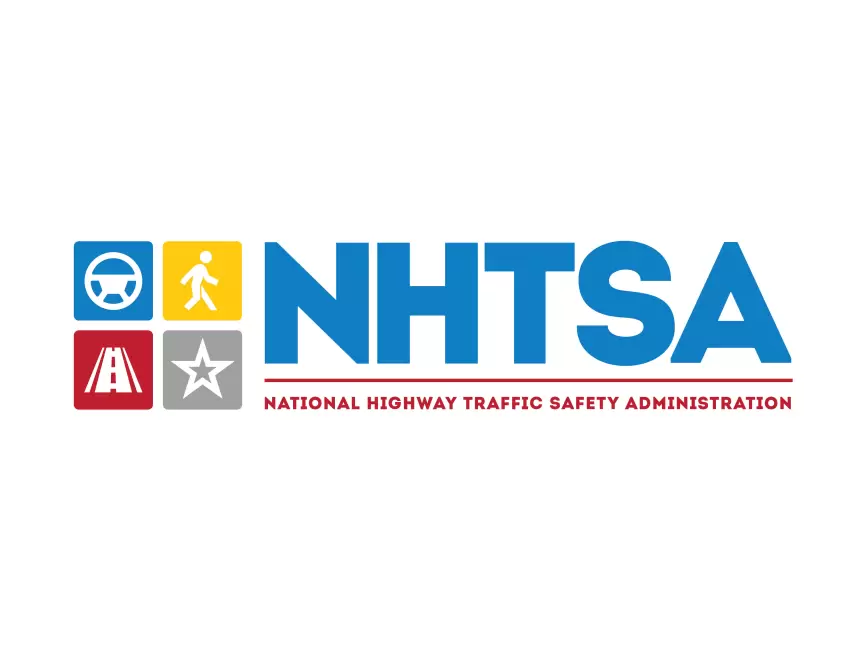
7. Regulatory and Public Trust Challenges
Tesla’s rollout of its robotaxis has not only prompted a federal investigation but also made the regulatory patchwork for autonomous cars more apparent. Texas, where the pilot was made available, does not yet have permits required for driverless services available, although new regulations are to be introduced in September. In contrast, the NHTSA indicated it would “continue to enforce the law on all manufacturers of motor vehicles and equipment,” leaving the fate of such services in doubt.
Public opinion has been divided. Early enthusiasm from technology fans was soon replaced with concern as footage of malfunctioning robotaxi behavior surfaced. Tesla’s challenge is to establish public confidence in the reliability and safety of autonomous technology, something necessary to achieve mass adoption.

8. The Global Stakes: Policy, Markets, and the Future of Mobility
The elimination of fuel economy penalties and the surge of autonomous vehicles are not stand-alone trends but deeply connected with global market dynamics and regulatory environments. As the U.S. stands to lose clean tech leadership to China and Europe, the decisions being made today will not only determine the future of American auto manufacturers but also influence the course of global mobility.
The coming 12–18 months will decide everything. Will American carmakers double down on trucks and V8s, only to have more efficient competitors outmaneuver them? Or will they innovate, change, and reclaim the top spot in the industry? As Andrew Bergbaum of AlixPartners cautions, “Automakers who hope to keep doing business as usual are in for more than a rude awakening they are destined for obsolescence.”
The automobile industry is at a turning point, shaken by policy changes, technological advances, and the insistent march of foreign competitors. Whether the United States will choose to lean into innovation or fall back into regulatory retreat will not only decide the destiny of its car companies, but the destiny of mobility itself. While the wars are fought, one thing is certain: complacency is not a choice in an era where disruption has become business as usual.
